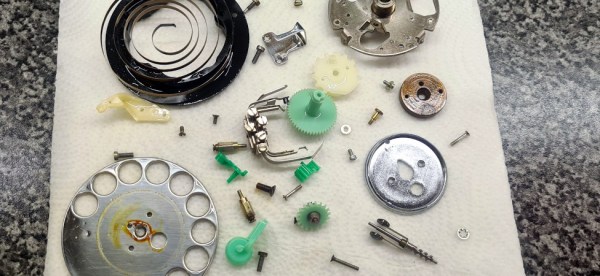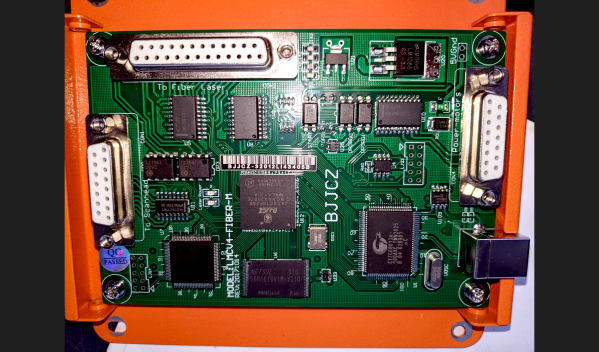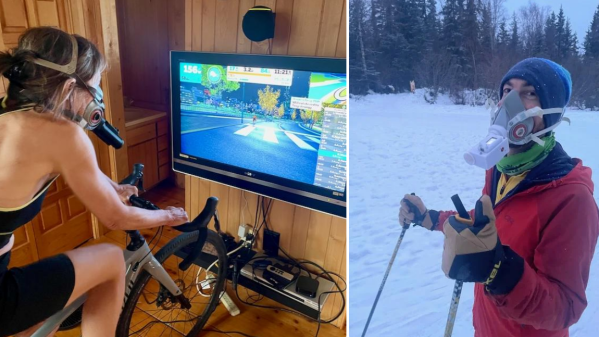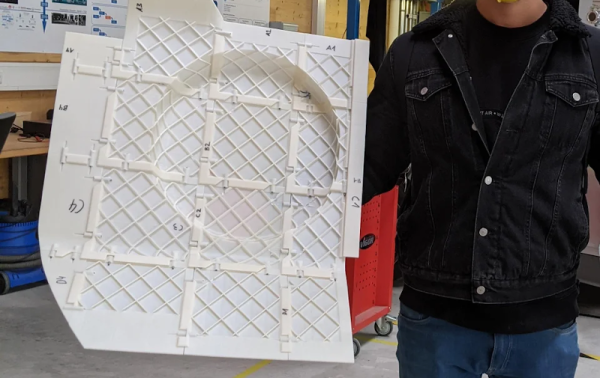The pulse-dial telephone and its associated mechanical exchange represents the pinnacle of late-19th and early-20th century electromechanical technology, but its vestiges have disappeared from view with astonishing rapidity. [Matthew Harrold] is a telecoms enthusiast who’s been kind enough to share with us the teardown and refurbishment of that most signature of pulse-dial components, a telephone dial. In this case it’s on a rather unusual instrument, a British GPO outdoor phone that would have been seen in all kinds of industrial and safety installations back in the day and can probably still be found in the wild today if you know where to look.
The teardown soon identifies a dial that runs very slowly and is sorely in need of a clean. There follows a detailed part-by-part dismantling of the dial mechanism, followed by a careful clean, polish, and reassembly. He notes that a previous owner had used grease to lubricate it, probably the reason for its slow operation.
The result is a smoothly running dial and a refurbished phone that would probably last another half-century or more before needing more maintenance. It’s enough to make others who’ve experimented with pulse dial phones very envious.


















